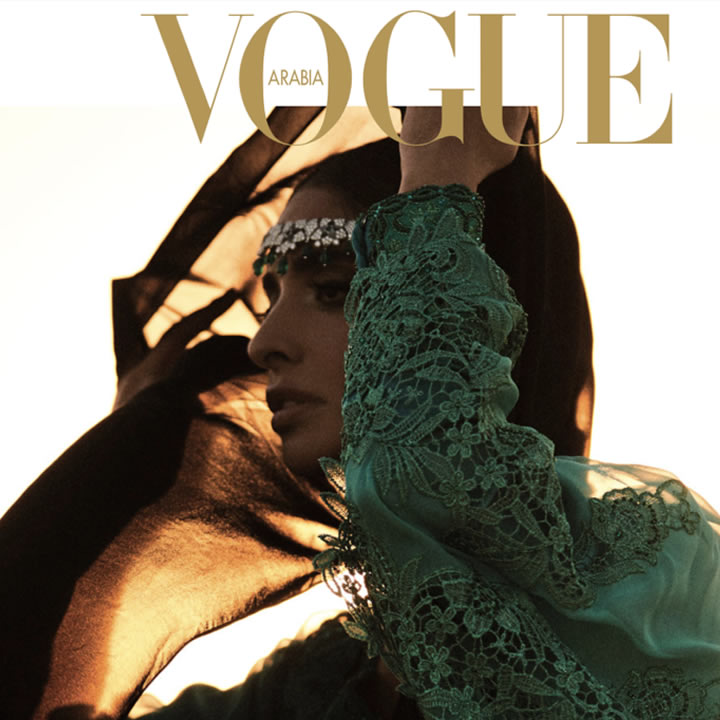When it comes to oriental clothing, some represent modest women wrapped in black from head to toe and men in long white robes.
Another very common image of the Arabian East style is robes and dresses embroidered with gold threads and precious stones, colorful patterns, and luxurious fabrics. But where do such associations come from?
The traditional clothing of the Arab East took shape in the 7th-8th centuries.
Then the nomadic and sedentary tribes of the Arabian Peninsula united into a new state – the Arab Caliphate – and took possession of vast territories from the Indus Valley to the shores of the Atlantic Ocean and from the Syr Darya to the Nile Valley.
The merger was not only geopolitical but also cultural: by the time of the collapse of the Caliphate in the 13th century, such types of artistic crafts as embossing, filigree, ceramics, wood carving, and the production of fabrics and carpets were highly developed.
In addition to a single statehood, the formation of common features in the appearance of different peoples was influenced by climatic conditions and the norms of Islam.
In ancient times, a desert dweller wore a wide and long shirt with or without sleeves, sewn from two panels on the shoulders and open on the sides. At the waist, the shirt was belted with a cord, belt, or sash.
Borrowed from the nomadic peoples of Asia, ankle-length harem pants were fastened at the waist with a drawstring.
The abbas served as outerwear – a cloak made of coarse sheep or camel wool, usually with yellow-black or yellow-blue stripes. In the Middle Ages, a kaftan was in use – a robe with a belt and sleeves with contrasting or decorated patterns.
A keffiyeh (a veil made from a square piece of cloth) and a turban protected the head from the sun.
On the feet are sandals, boots, and shoes with raised toes.
The women’s clothing also consisted of a cloak over an undershirt and trousers, pulled together at the hips and gathered in many folds. Dresses (abbaya and gandura) were usually combined with trousers.
A special element of the women’s costume was and remains a scarf that covers not only the head but in some cases the face and figure as a whole. There are many varieties and names of this enveloping cover – veil, hijab, veil.
New trends
Thanks to the efforts of women like Sheikha Mozah, and the processes of globalization, ideas about the Arab world are changing.
Strict requirements for appearance are gradually softening, and young people are increasingly buying clothes from democratic brands – the same ones that their peers in Europe and the United States choose.
Modest fashion phenomenon
Today, in many stores and on the catwalk, you can see long dresses of a free cut that cover the neck and arms, wide culottes, capes, and robes. A certain aesthetic has developed, which in an article by The Guardian was first called modest fashion.
This is a restrained style of clothing, the characteristic features of which are restrained colors and the absence of decor, layering, ensembles of dresses and trousers, and the fundamental closeness of the body.
Keeping up with the times
More and more integrating into the global context, the inhabitants of the Arab countries do not want to be limited to looking at them “from the outside”: they strive to speak for themselves, including in the fashion field.
This is connected with the appearance in 2016 in Vogue Arabia magazine.
The publication is distributed in several Arab countries including Saudi Arabia, Bahrain, Qatar, Kuwait, Oman, United Arab Emirates, Jordan, and Lebanon, and covers fashion, beauty, and culture news.
In 2014, the Arab Fashion Council was established in Dubai, the goals of which were to promote Arabian designers and position the Arab world in the international market and develop the fashion industry and community.
To solve these problems, in the fall of 2015, the Arab Fashion Week began its work. Today it is considered one of the most important events in the fashion calendar along with shows in Milan, New York, Paris, and London.
In addition to Fashion Week, the Council oversees educational and philanthropic programs: it awards grants for bachelor’s and master’s degrees at Dubai educational institutions in fashion specialties.
Arab fashion in the age of the Internet and social networks
Modern technologies have removed the halo of closeness and mystery from the East: modern residents of the Arab countries actively maintain personal blogs, including fashion ones, collecting thousands of likes under photos.

